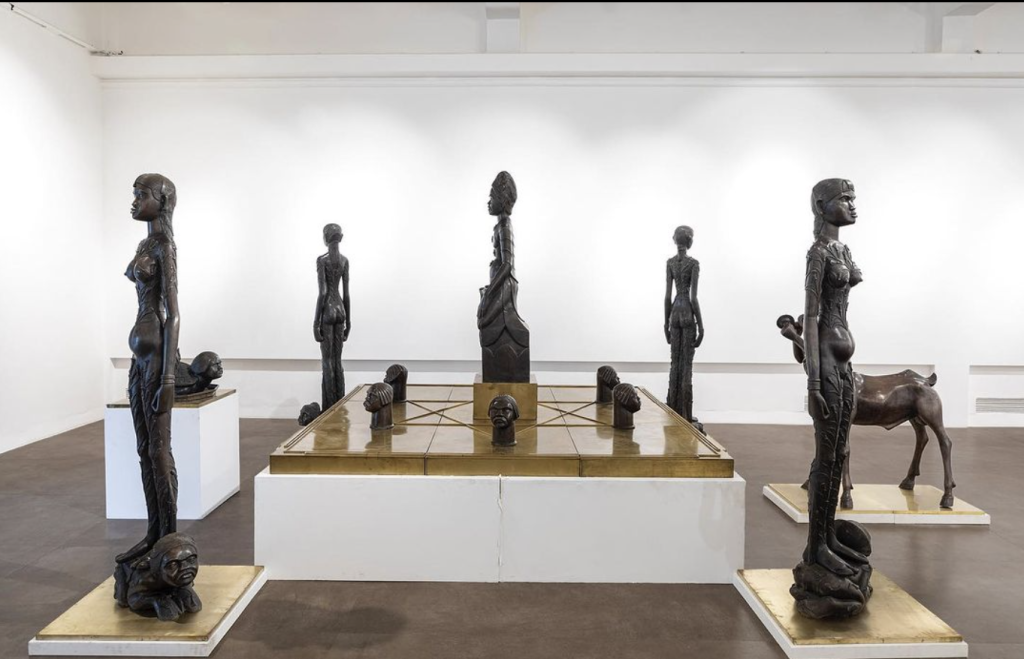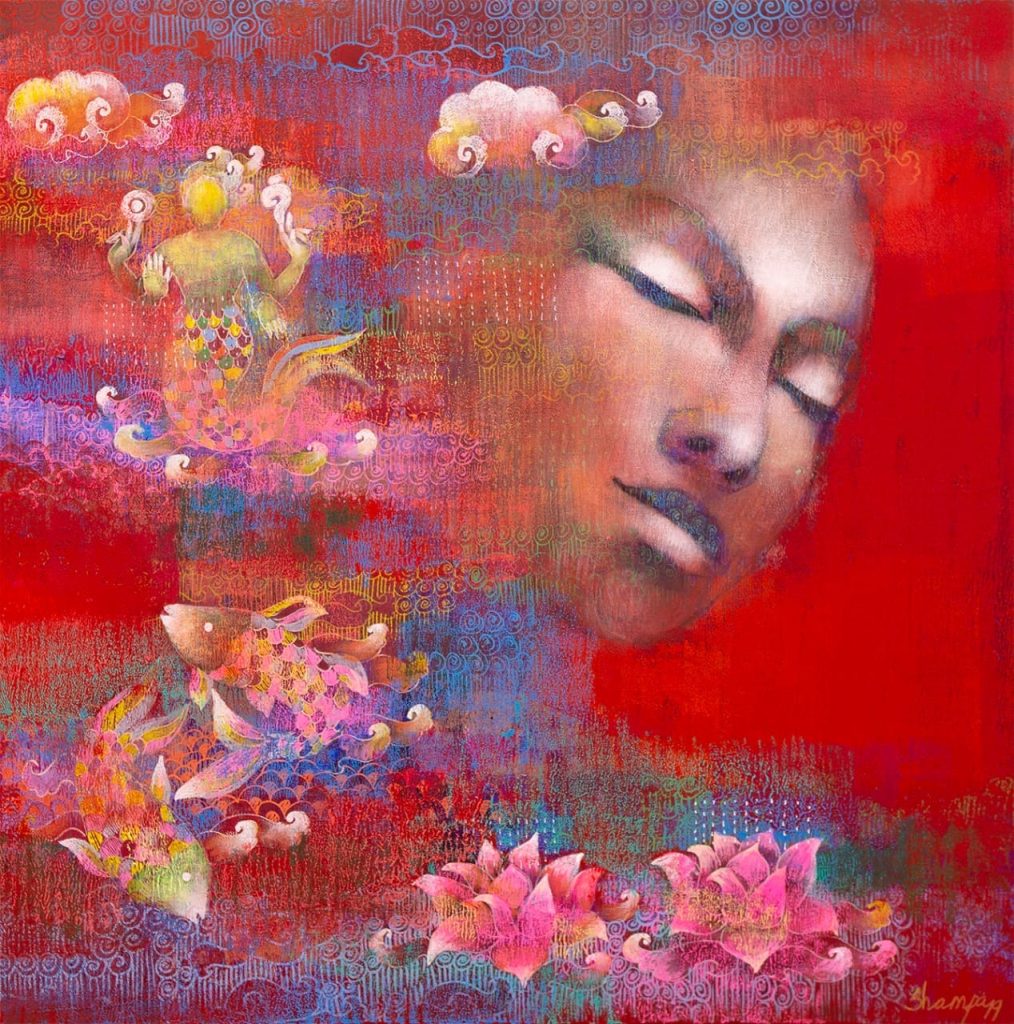A. Ramachandran is renowned for his vivid paintings that are filled with iconic Indian images, but he has also been quietly creating a parallel universe in the field of sculpture. Through a wonderful show called “Ramachandran: A Retrospective of Sculptures,” the master artist’s sculptures, which were sometimes eclipsed by his paintings, are now receiving the acclaim they rightfully deserve. This exhibition, which is now on display at the Shridharani Art Gallery until October 29 and will then be shown at the famed Vadehra Art Gallery in Delhi until November 22, is a compilation of the master’s over 80 greatest sculptures.
The Artist’s Silent Sculptural Journey
A. Ramachandran, a prolific artist, has been creating sculptures alongside his paintings for years. However, these sculptures have often remained in the shadow of his more renowned canvas creations. The artist, known for his evocative use of archetypal Indian imagery, expresses his frustration, saying, “Even though I have created so many sculptures, they were always exhibited along with my paintings, so they did not get their due prominence. Besides, the interest in seeing and buying sculptures was never as popular as in the case of paintings and drawings.”

Bridging the Gap: An Exclusive Sculptural Experience
With “Ramachandran: A Retrospective of Sculptures,” the artist seeks to rectify the underappreciation of his sculptural works. Curated thoughtfully by Vadehra Art Gallery, this exhibition endeavors to shed light on the lesser-known aspects of Ramachandran’s artistic journey. The artist himself shares, “The idea of this exhibition is to make the unnoticed qualities of my sculptures apparent by making it an exclusive experience of this medium.”
From Clay to Bronze: The Artistic Process
Ramachandran’s sculptural journey commences with clay. The malleability of this medium allows him to infuse life into his creations. The artist explains, “The flexibility of the image and the fluidity of the work can only be achieved by the way you handle the clay. On my part, I do my work in clay till I am satisfied and then hand over to my assistants to cast them in metal, over which I don’t have much control. So the quality of the sculpture has to be perfect in the clay itself so that when it is transferred to metal, the originality of my creation is not lost.” This painstaking process preserves the essence of the artist’s vision as it transitions from clay to bronze. Additionally, some of his terracotta sculptures are born from the kiln, offering a varied and diverse experience for the audience.

A Continuation of Themes
While Ramachandran’s sculptures may seem to exist in a different realm, they are closely intertwined with his work in other artistic mediums. The recurring motifs in his sculptures draw inspiration from his observations of tribal life around Udaipur and other regions in Rajasthan. His exploration of traditional Indian wall paintings, folk traditions, and South Indian bronzes also finds its way into his sculptural narratives. The artist’s sculptures serve as parallel expressions of his painterly creations, all sharing the same thought process that has been reinvented through different materials and mediums over the course of more than half a century.
In the grand tapestry of “Ramachandran: A Retrospective of Sculptures,” visitors are treated to a breathtaking fusion of India’s rich cultural heritage and the artist’s unwavering commitment to his craft. The sculptures, ranging from small to large, emanate the spirit of classical Indian art, paying homage to his training at Santiniketan under the guidance of luminaries like Ramkinkar Baij and Benodebehari Mukherjee. Nandalal Bose‘s influence is unmistakable in his work.
A. Ramachandran’s sculptures, often hidden treasures, are now unveiled for art enthusiasts to savour. This exhibition is a testament to the enduring connection between the artist’s various creative expressions and the timeless allure of Indian cultural motifs. “Ramachandran: A Retrospective of Sculptures” is an artistic journey that not only celebrates the sculptures themselves but also the indomitable spirit of an artist who continuously reinvents his vision across different canvases.
Check Out the Winning Photos Of The Wildlife Photographer Of The Year 2023

Contributor





